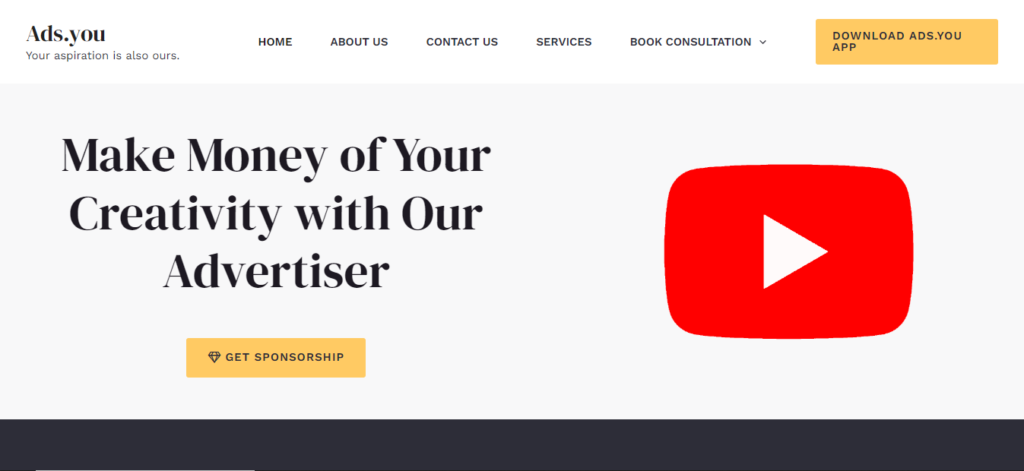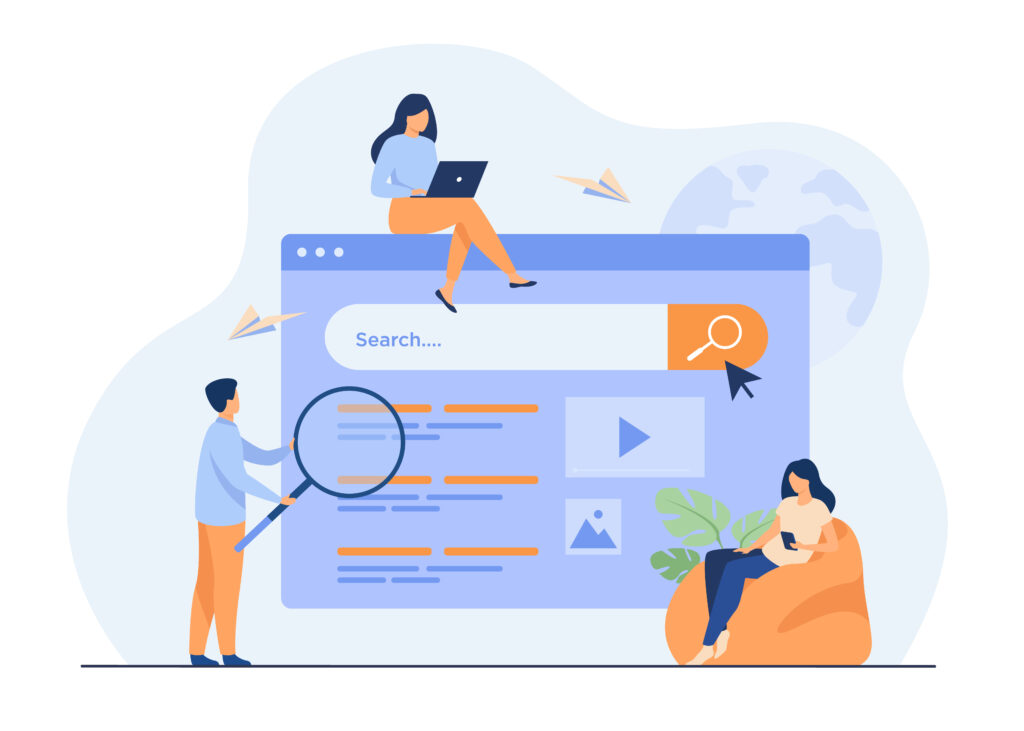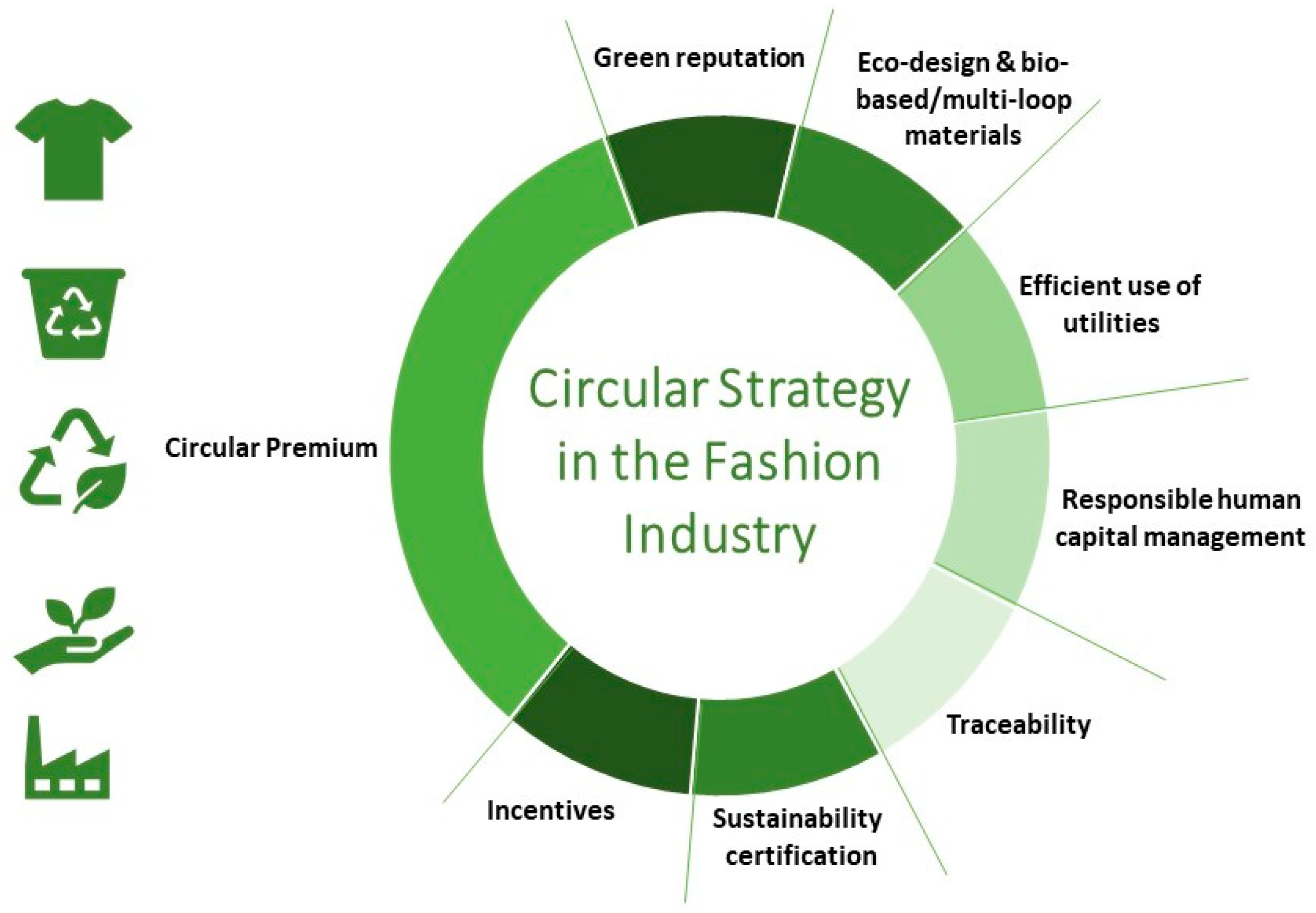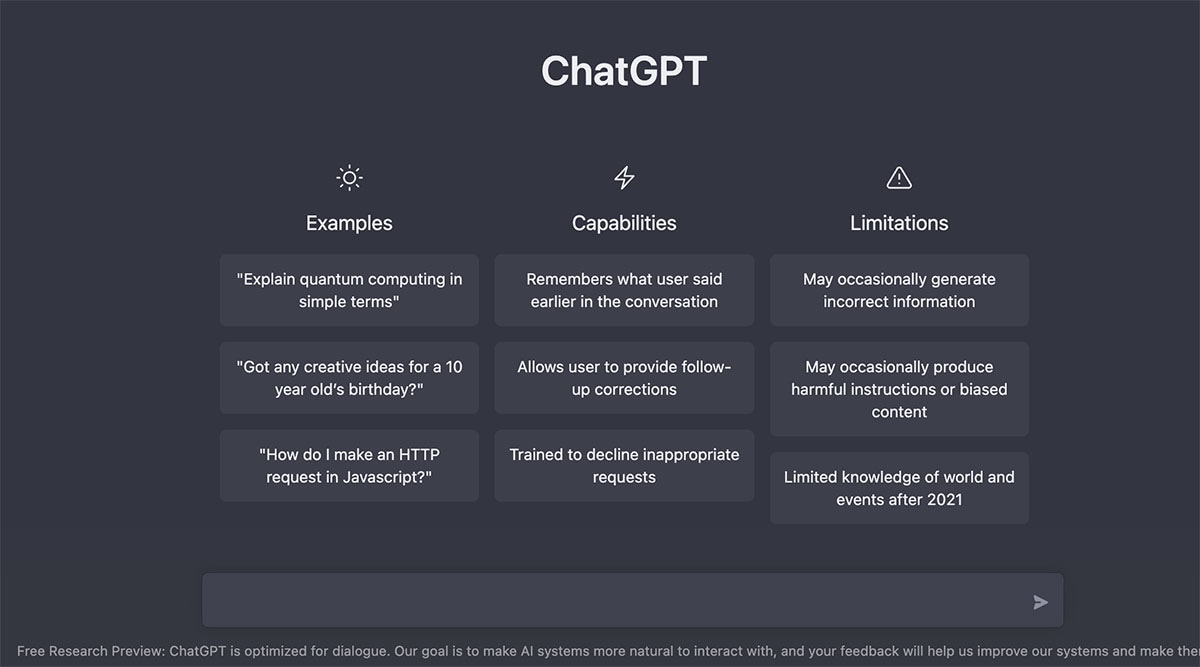How To Get A Sponsor For Youtube Channel
Do you want to be sponsored on YouTube? It may seem very challenging to obtain YouTube sponsorship for smaller channels. You immediately picture the large, pricey commercials when the word sponsors comes to mind.
There are a number of other businesses on the market that can assist you with YouTube sponsorship, though, if you lower your expectations from the big commercial companies.
This article will teach you how to get YouTube sponsorship and profit from it.
- Part1: Before You Start Applying For Sponsorship
- Part2: How To Get A Sponsor For Youtube Channel
- Part3: Types of Sponsorship
Part 2: Unlock YouTube Sponsorships for Small Channels with Ads.HackToRoot.com

Are you a small YouTube channel owner struggling to gain traction and unlock the world of sponsorships? The good news is that you don’t need a million subscribers to start earning. With the right strategies and tools at your disposal, you can kickstart your journey to YouTube sponsorships. In this post, we will introduce you to Ads.HackToRoot.com, a game-changing platform that can help small channels connect with potential sponsors and monetize their content effectively.
The Challenge of Small Channels

Small YouTube channels often face significant hurdles in getting noticed by sponsors. Major brands tend to look for high subscriber counts and engagement rates before considering a channel for sponsorship. So, what’s a small channel to do?
Introducing Ads.HackToRoot.com
Ads.HackToRoot.com is a platform designed to empower small YouTube channels to monetize their content and attract sponsors. Here’s how it works:
- Registration: Sign up for an account on Ads.HackToRoot.com. The registration process is straightforward and user-friendly.
- Channel Analysis: The platform will analyze your YouTube channel’s performance, taking into account metrics like views, subscribers, and engagement. This analysis helps identify your strengths and areas for improvement.
- Profile Creation: Create a compelling profile showcasing your channel’s unique selling points. Highlight what sets you apart, your target audience, and the types of sponsorships you are looking for.
- Discover Sponsors: Ads.HackToRoot.com connects small channels with brands and sponsors actively seeking opportunities to promote their products or services. This can be a game-changer for smaller channels who may have struggled to make those connections independently.
- Negotiation and Collaboration: When potential sponsors express interest in your channel, you have the opportunity to negotiate the terms and collaborate. It’s essential to align your channel’s values with those of the sponsor to ensure a successful partnership.
- Monetization: Start earning from your videos by incorporating sponsorships and promotions. With Ads.HackToRoot.com, you can effectively monetize your content even with a smaller audience.
Tips for Success
To maximize your chances of securing sponsorships with Ads.HackToRoot.com:

- Create Quality Content: Consistently produce high-quality, engaging content that resonates with your target audience.
- Build a Strong Brand: Define your channel’s unique brand and identity. Showcase what makes your content special.
- Engage with Your Audience: Foster a loyal community by actively engaging with your viewers in the comments and on social media.
- Be Transparent: Honesty is key. Disclose any sponsored content transparently to build trust with your audience.
- Negotiate Wisely: When negotiating with sponsors, ensure that the partnership aligns with your channel’s values and audience interests.
In conclusion, Ads.HackToRoot.com is a valuable resource for small YouTube channels looking to secure sponsorships. It levels the playing field and opens up opportunities for channels of all sizes. With dedication, quality content, and this innovative platform, you can start earning and taking your channel to new heights. So, why wait? Sign up and take the first step toward YouTube sponsorship success!









